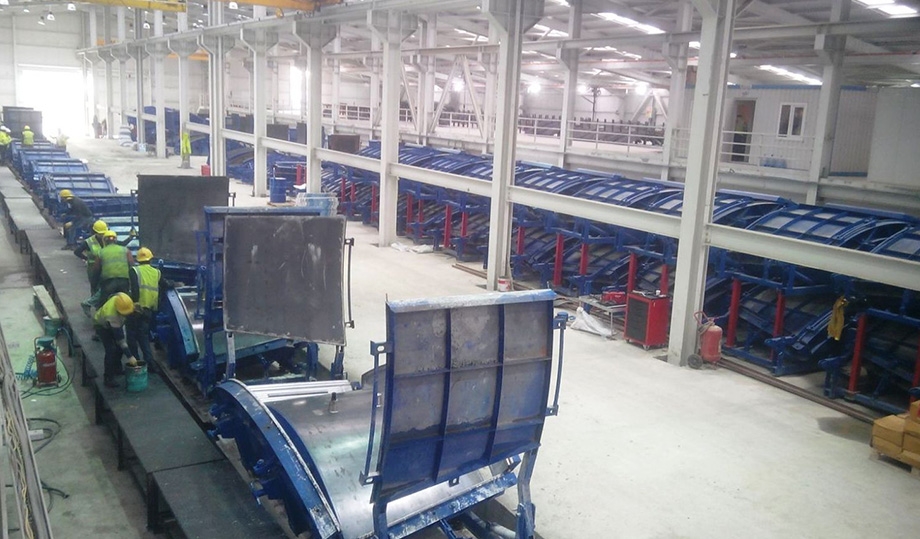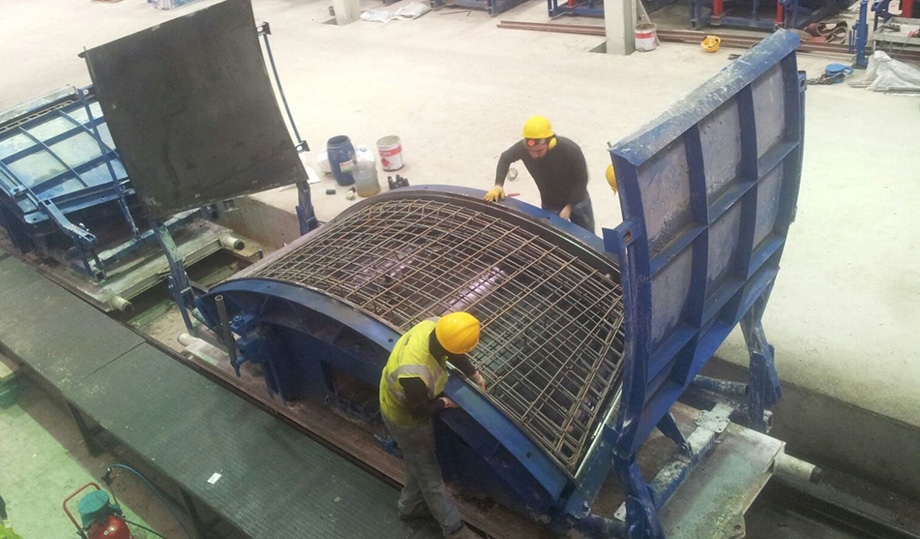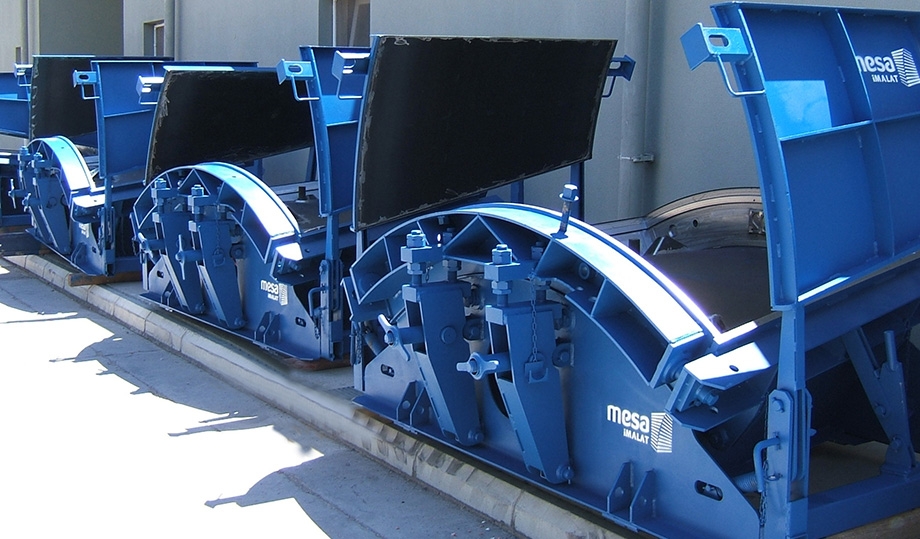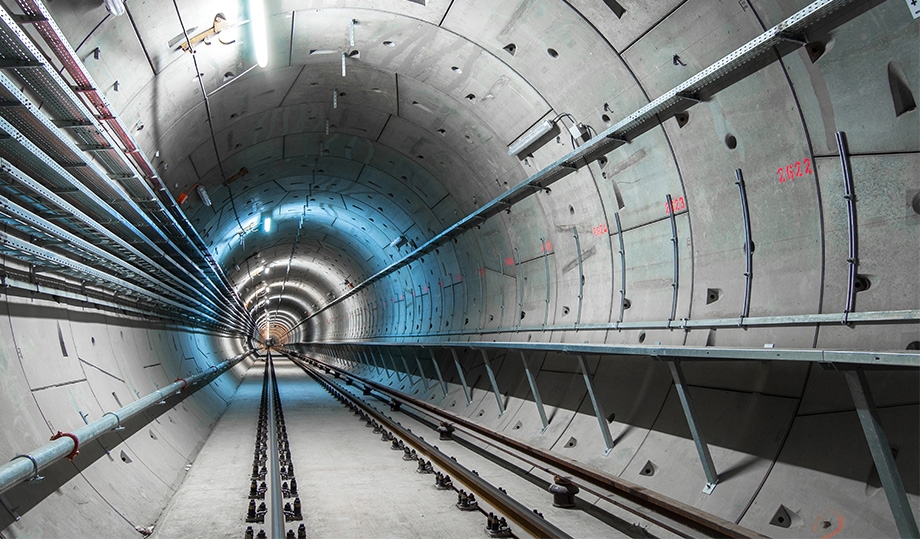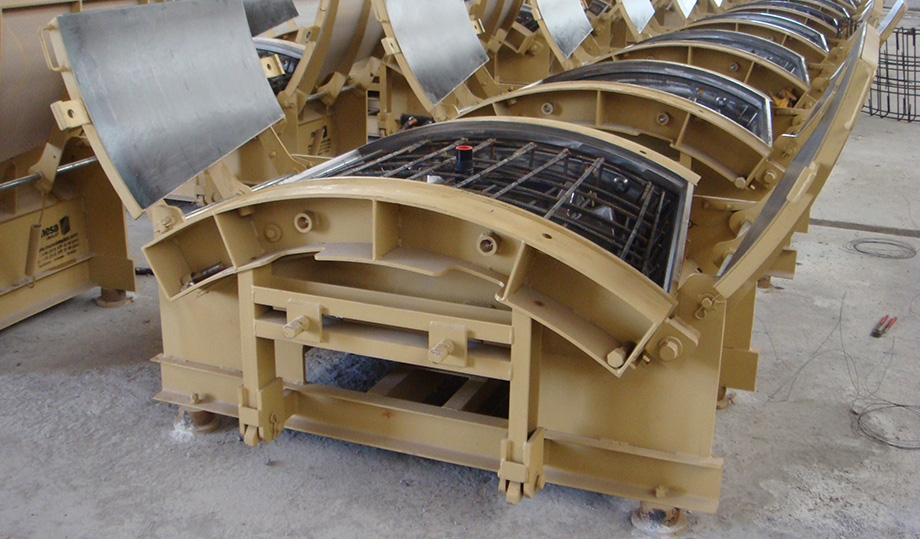Mesa Imalat demonstrates his engineering mastership also in manufacturing of Segment Moulds.
TBM, (Tunnel Boring Machine) which is used to drill underground tunnels in subway, dam and irrigation projects, keeps tunnel security at the highest level, achieves precise reach to the desired spot, reduces the project durations and thus costs considerably, places the precast concrete segments and the concrete rings they have formed in such a way as to form the coating of the tunnel, while excavating the tunnel.
The joint formed by the precast concrete segments is called a “ring”. Rings are used in tunnel projects in different thicknesses and diameters. These diameter changes the number and the geometry of the precast concrete segments forming the ring. The segments that form the ring are composed of two types as “standard” and “keystone”. The keystone segment is the last part of the ring to be completed and provides the fixation of the ring.
The precast concrete segments, placed in the tunnel opened by the TBM, have several roles in the tunnel:
- Creating the inner wall of the tunnel
- Ensuring that the tunnel is sufficiently resistant to external influences (pressure, water etc.)
- Ensuring that TBM moves in different directions within the tunnel
Each segment is encoded for the correct sequence. The sequence is important in terms of making up-and-down, right-left movements of the tunnel.
All precast concrete segment moulds forming a ring are expressed as “1 set” and they are produced after a special engineering design in accordance with the specifics of each particular project. Precision of the precast concrete segments carries importance in terms of speeding up the production by ensuring that TBM moves faster in the tunneling process; thus reducing the cost of the Contractor. The overall success of a tunnel project is the productivity of the TBM and the quality of the segment moulds. The better the quality of the mould, the better the quality of the tunnel.

